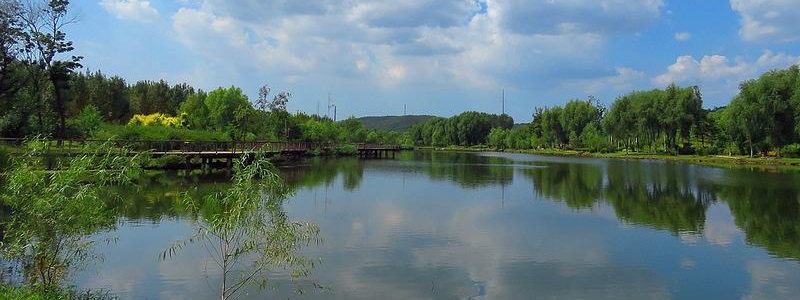
The applications of fluorescent brightening in some industries
Optical brightening agents (OBAs), also known as fluorescent brightening agents (FBAs), are chemical compounds that give whitening effect to fabric. They do this by absorbing light in the ultraviolet and violet regionand re-emit the light in the blue region. This blue light reduces the yellow colour of the substrate and give a brightened look. Unlike bleaching, it doesn’t leave ayellowish tinge and gives a much pleasing whiter-than-white appearance. Such a property sets optical brightening agents apart and makes it a much coveted thing in industries such as Textiles, Plastics, Paper, and Cosmetics.
Types of Optical Brightening Agents
Based on the number of sulphonic groups, brightening agents can be categorised into three main types.
1) Disulfonated Optical Brightening Agents
These optical brightenets consist of two sulphonic groups. These agents are hydrophobic in nature because of their chemical composition. In simpler words, the solubility of these OBAs is quite low. Typically, they’re used in wet end.
2) Tetrasulfonated types
As the name suggests, these brighteners are made by four sulphonic groups. This type of brightening agents exhibit medium affinity and good solubility. Therefore, they’re an ideal solution in wet end as well as in dry end. These OBAs are most commonly used OBA type used in paper and paper board.
3) Hexasulfonated OBAs
Hexasulfonated OBAs are the kind of OBAs that are made of six sulphonic groups. As a result, these OBAs display a remarkable solubility and they’re used in dry end coating. They’re mostly used in areas where high brightness is required.
Major Industries that Use Optical Brightening Agents
1) Detergent Industry: The biggest requirement of OBAs is in whitening the clothes and therefore, it’s no surprise that the detergent industry is the largest user of the fluorescent brighteners. As we all have experienced, clothes lose their natural whiteness over the course of time. That’s where optical brighteners come in not just to protect that whiteness, but also to enhance it by converting low-density colours to the ones with higher density.
2) Textile Industry: Another significant usage of the OBAs is in the textile industry where every cloth needs to be bleached before being processed as the raw material is full of impurities that come from pesticides, dust stuck to the fabric while transportation. And in fabrics sourced from animalsimpurities like animal fats, secretions, etc. need to be removed. However, bleaching doesn’t offer complete whitening, which leads to the necessary usage of Optical Brightening Agents (OBAs).
3) Paper Industry: We all want our papers to be as white as possible, don’t we? Well, that’s where optical brightening agents come in. The raw material of paper often consists of impurities such as snippets of bamboo sticks and wood. These impurities dampen the brightness of the paper and that’s why this sector creates a lot of opportunity for optical brightening agent manufacturers.
4) Other Industries: Apart from detergent, paper and textile industry, there are other industries where optical brightening agents suppliers supply OBAs. Unlike the above-mentioned industries, these industries make the use of the brightening property of brighteners. The plastic industry, the paint industry and the cosmetic industry are the leading examples of these industries.
For more details about our fluorescent brightening...
Contact us to serve you today!
 Previous
Previous  Next
Next Get answers and advice from people you want it from.